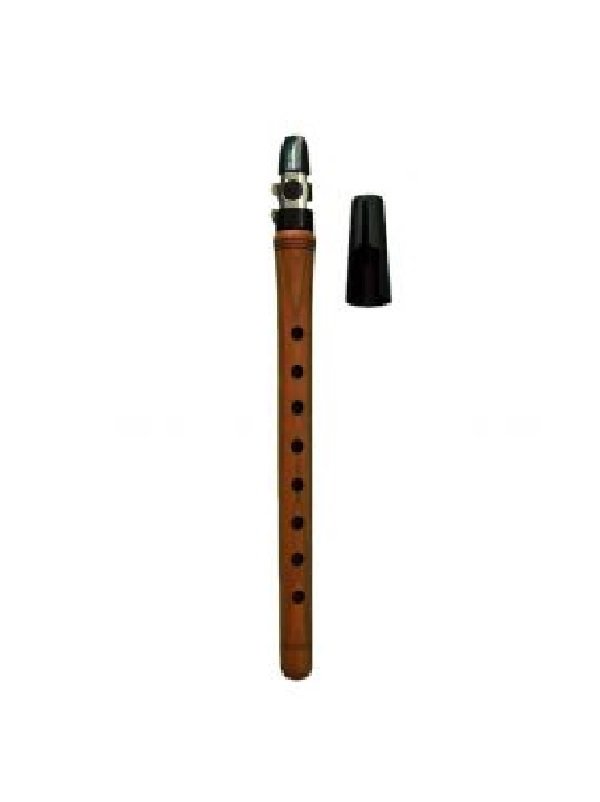Professıonal Chalumeau
The chalumeau is a medieval wind instrument consisting of an upright tube covered with a small tube inside which a double reed is fixed. It is also called the mock trumpet, the forerunner of the clarinet.
Chalumeau referred to various folk reed pipes and bagpipes, particularly reed pipes with cylindrical holes played with a single reed attached to or cut into the pipe wall. The use of chalumeau originated in France and then spread to Germany in the late seventeenth century. Around this time, about 1700, shortly after this type of chalumeau became fashionable in urban society, Johann Christoph Denner of Nuremberg added an extra thumbhole and two keys; his later experiments led to the clarinet.
Due to the acoustic nature of a cylindrically stopped pipe, the chalumeau sounds much lower than expected. Unlike the trumpet-like sound of the baroque clarinet, it has a friendly, cantabile-like quality and has a very speech-like structure.
The original chalumeaux have survived, but modern masters produce copies based on these original instruments. Most of the original instruments are made of boxwood, and all have two oppositely placed keys to be played with the thumb and index finger of the left hand. In the mouthpieces of these instruments, the reed is usually placed so that it vibrates against the upper lip.


